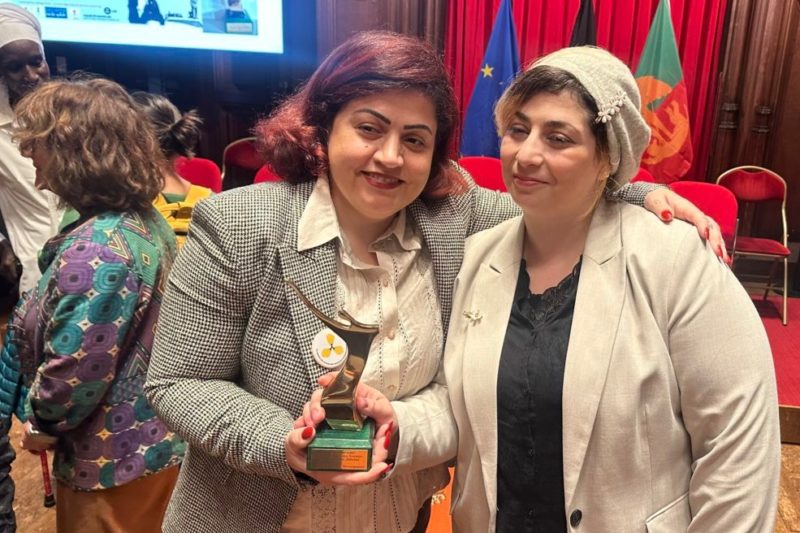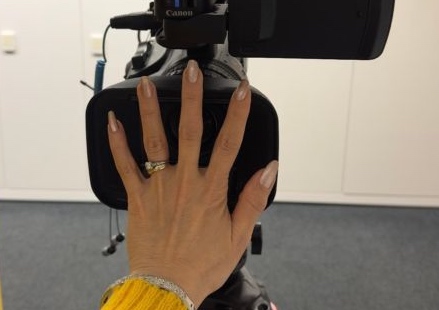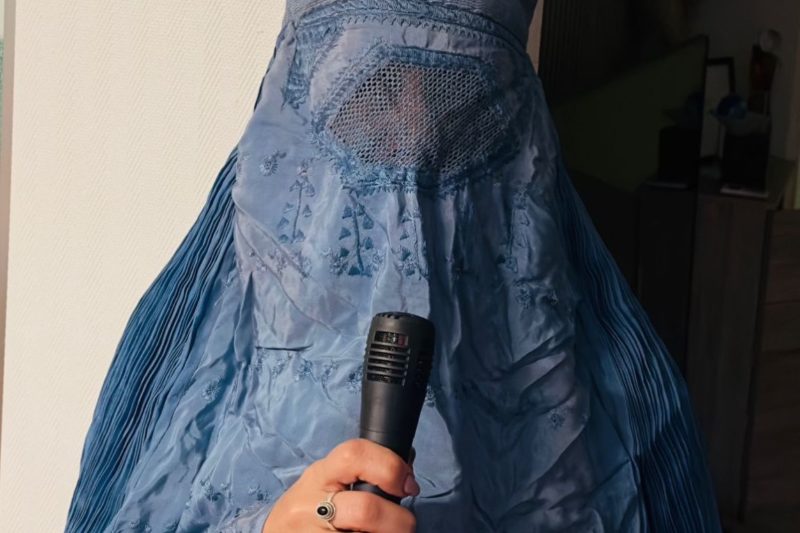Reclaiming historical memory : women who changed the world
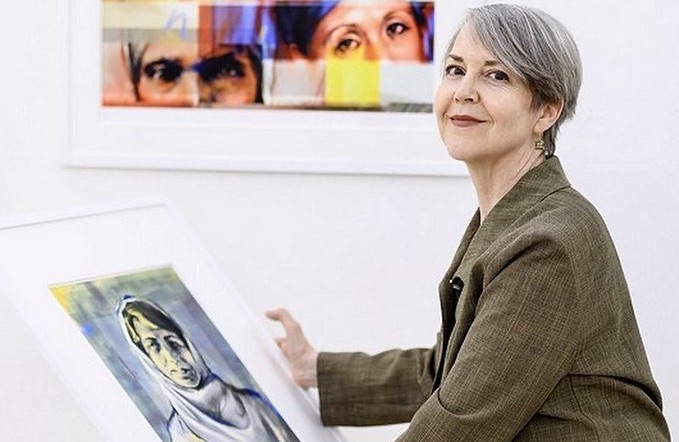
American artist Katherine Krizek, based in Rome, shines a spotlight on 50 overlooked women who changed the world with her powerful portrait series "Do You Know Her ?".
Katherine Krizek is an American artist based in Italy whose work explores the intersections of portraiture, identity, and historical narrative. In her portrait series project « Do You Know Her ? » she highlights 50 influential women from around the world, often overlooked yet instrumental in shaping cultural, scientific, or social change.
Prof. Katherine Krizek is an American artist, designer and teacher from New York based in Rome, Italy. She is a graduate in Fine Arts from Parsons School of Design and in Architecture from the Cooper Union in New York. Her work has won numerous awards in Italy and the US, and she is represented in the Permanent collection of the Cooper Hewitt, Smithsonian Design Museum.
« There are so many remarkable female voices from across the globe to learn from. »
Her project titled « Do You Know Her ? » is a series of portraits celebrating women who have made significant contributions to our world. Too often women’s accomplishments are not celebrated, and their stories are not heard. These artworks are a reminder not to forget. « Do you know her ? » is an invitation to recognise, empathise with and remember those who helped shape our world through courage, vision and unwavering resistance. About this project, she says:
« I have come to know these women by painting them. They have taught me that obstacles can be overcome, and to just keep carrying on with one’s own work. There are so many remarkable female voices from across the globe to learn from, hidden in plain sight, and it has been rewarding to research and discover them.«
She recently held an exhibition called “Women”, from June 28 to July 12, in the city of Orbetello, Tuscany. We took advantage of this occasion to interview her.
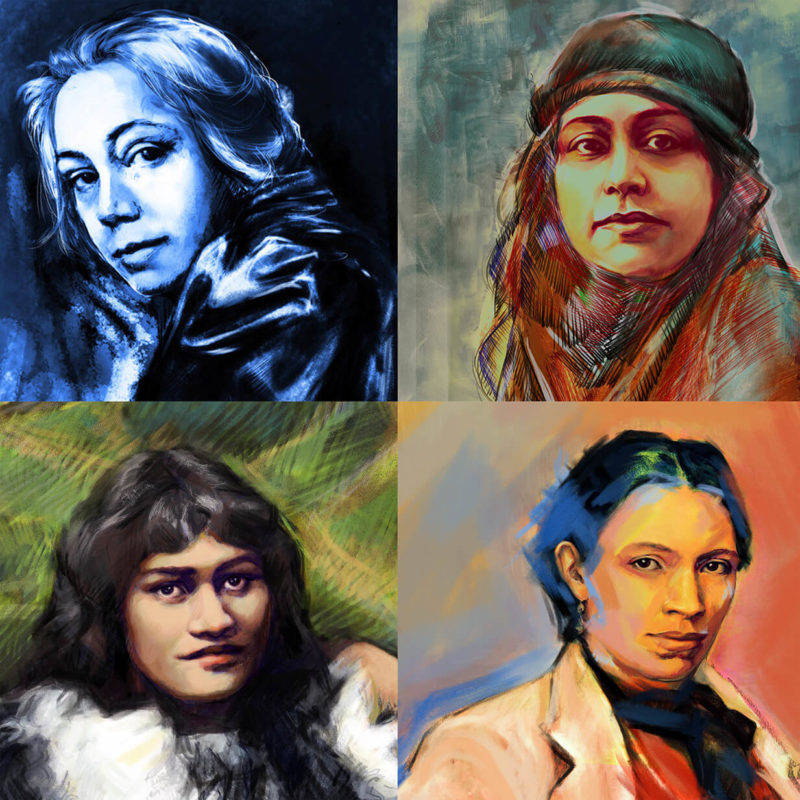
Clockwise starting upper left : Käthe Kollwitz, Huda Sha Awari, Te Puea Hērangi, Anita Garibaldi. © Katherine Krizek.
When did the first spark of this project ignite in your mind?
« I’ve loved doing portraits from an early age and have always challenged the idea that men’s accomplishments are worth more than women’s. When Temple University Rome (where I teach) offered a grant for digital storytelling, I applied for it, and was lucky to be able to experiment freely for a couple of years. »
In the process of selecting and portraying these women, to what extent did you see parts of yourself reflected in their personalities?
« I wish I saw parts of myself in them! All the women I have painted had myriad difficulties yet persevered. Mainly, I am looking to borrow some inspiration and some courage from them. »
Your works suggest a kind of historical restoration—an attempt to make visible the women whom history or the media have often overlooked. Was your main intention to raise awareness, or were you more drawn to the human aspects of their stories?
« Yes, to both! I do hope to draw attention to these women and for a historical restoration in the future. The human aspects of their stories are also incredibly powerful and moving. »
In your work, the portrait becomes a kind of social statement. In your view, what kind of silent yet enduring power does portraiture have to reflect resistance and truth?
« Portraiture in history was mostly made for the upper class, particularly before the invention of photography. Carefully observing and portraying diverse classes of people can be seen as a challenge to the status quo. Because of the over-saturation of photos on social media and elsewhere, the general public has become overwhelmed with images and almost immune to the stories they tell. It is possible that a painted image might have more impact. »
While painting women from diverse cultures and languages, how did you try to stay true to their authentic presence? Did you feel that you needed to approach them, or rather allow them to approach you?
« My approach to the women I paint is mostly through research. I read what they write and say and if there are videos, I watch them. I would love to work from the actual person, if I got the chance. In the meantime I look at all the images available and try to use some for reference that have a presence. »
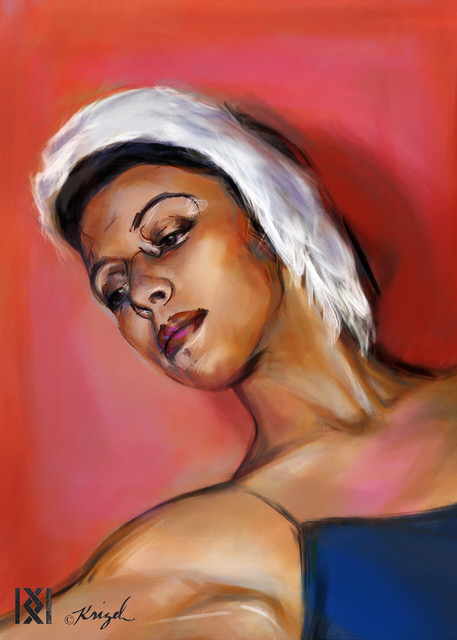
Maria Tallchief. © Katherine Krizek.
Which of these women changed you most—or redefined your personal understanding of what it means to be a hero?
« It is too hard to choose; they are all heroes in different ways. I would say that I have a special spot in my heart for the women who stay in difficult situations in order to keep true to their mission, when they could leave and have an easier life. For example Sakena Yacoobi, a doctor and educator who lives in Afghanistan and whose dream is that every single girl in her country is educated. »
In a world where women’s voices are still silenced or dismissed, how can art not only reflect but also take action? What role do you see painting playing as a form of protest?
« Art can make you pay attention. And that attention can be directed towards others (women) from the past and the present who are directly involved with important issues such as women’s rights, the environment and more. »
You place strong emphasis on the idea of knowing: Do you know her? But is knowing enough? Or does this project aim beyond awareness—toward empathy, understanding, and collective action?
« Simple recognition and awareness would be a great beginning. Knowledge and understanding can grow from awareness leading to empathy and then, when possible, action. »
Some of the faces you’ve painted belong to women who endured deep physical and emotional suffering. As you painted them, how did you engage with their pain? Did you maintain a distance, or did you allow yourself to empathise deeply?
« For better or worse, I can’t not empathise with these women. If I didn’t feel a connection with their stories, I don’t think that I would paint them. »
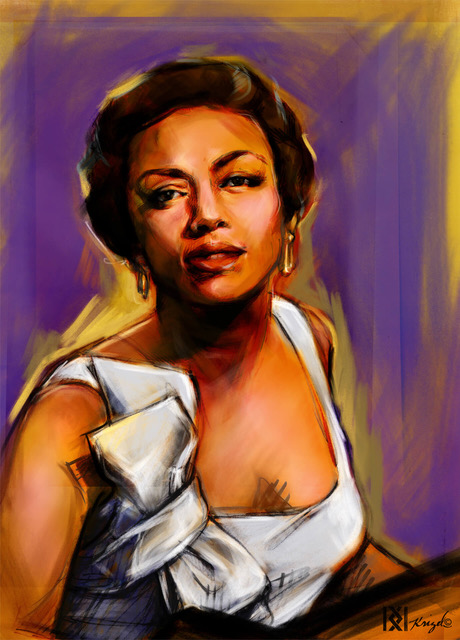
Hazel Scott. © Katherine Krizek.
Given that many of these women were ridiculed or ignored during their lifetimes—and as you yourself noted, people often ask “Who is she?” when you show your portraits—were you ever concerned that your art might also be understood too late?
« I don’t worry about that. I make these portraits for all of the reasons already discussed here, but I also make them because I like to make them. I do feel my life has been enriched by knowing their stories, and I love to make art. I do worry that the goal of gender equality in the world remains all too distant, so perhaps this work can do something towards getting us closer to a more equal society. »
If you had the chance to place one of these portraits on a wall in any city in the world, which one would you choose, and why? What message would you hope to leave for passers-by?
« This is a funny question because I have imagined exactly that! I produced two photomontage images of my work on city walls in Rome, where I live. One was of Jane Goodall, a primatologist and environmental activist, projected on the church of San Rocco near the Ara Pacis. The other image was of performers Katherine Dunham, a dancer choreographer and anthropologist, and Hazel Scott, a groundbreaking classical and jazz musician who broke through the race barrier on television. I projected them on the central concert hall of the Auditorium Parco della Musica in Rome. I think the message for passers-by would be: “Who is she? I want to know her?”. »
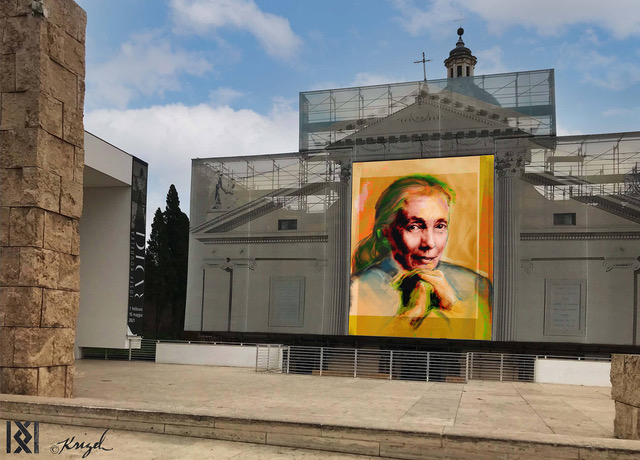
Jane Goodall on the church of San Rocco in Rome. © Katherine Krizek.
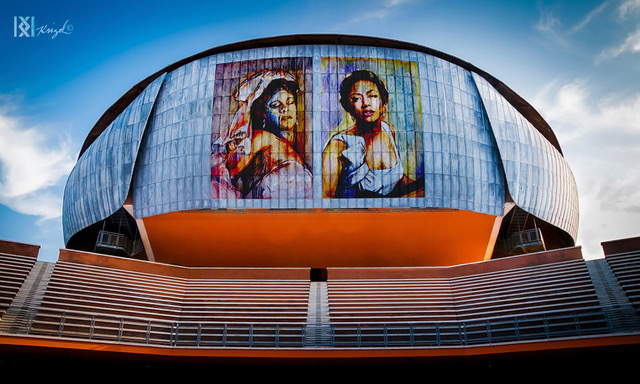
Katherine Dunham and Hazel Scott on the Auditorium in Rome. © Katherine Krizek.


